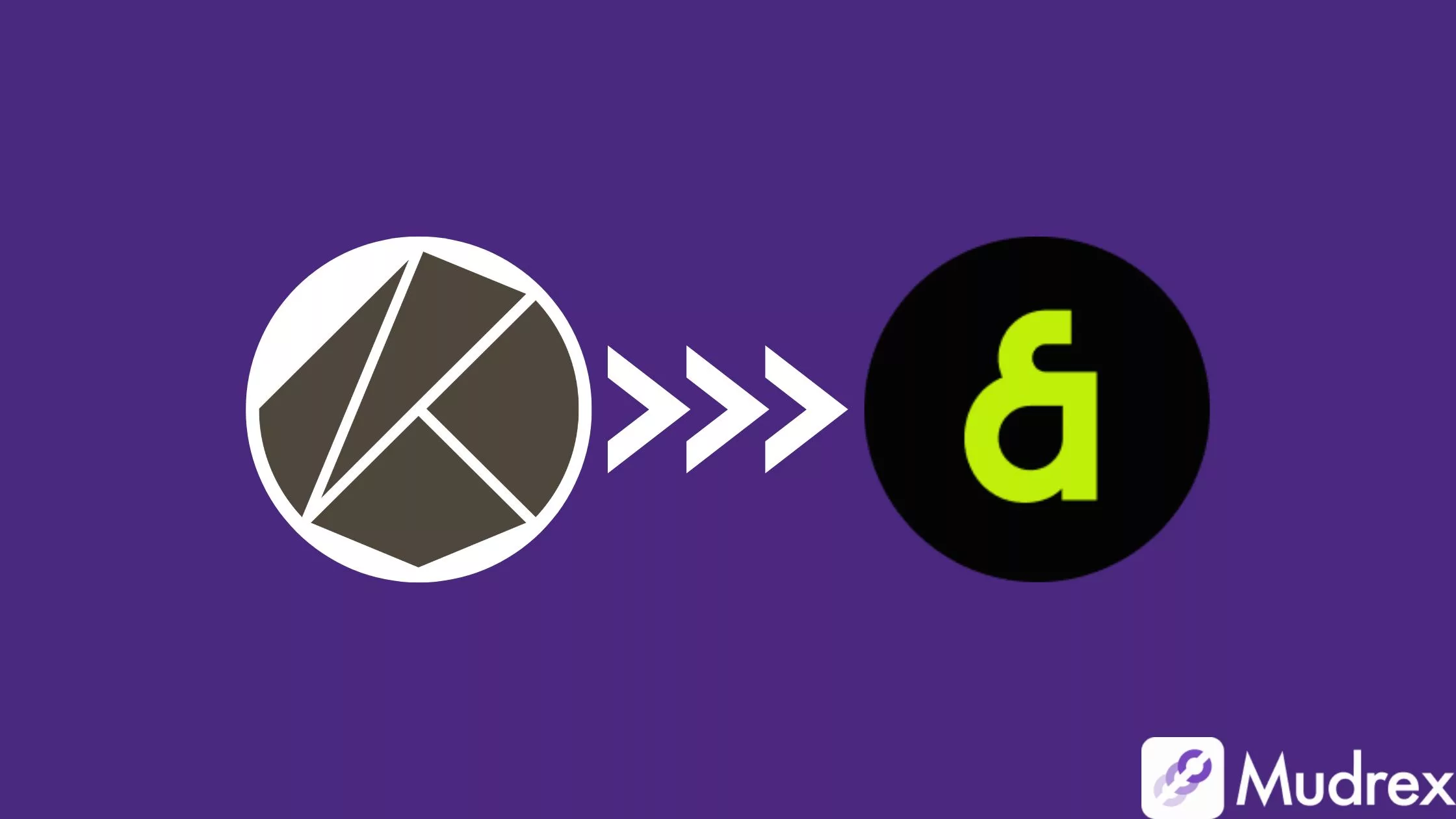Ethereum, the second-largest cryptocurrency by market cap, has an ace up its sleeve in the form of an upgrade. The much-hyped Shanghai upgrade that goes live on April 12th is expected to boost interest in Ethereum with some significant improvements to the network. What are these improvements, and why is it so important? Let’s find out!
What Is the Shanghai Upgrade?
The Shanghai Upgrade is probably the most awaited update to the Ethereum mainnet since the Merge in September 2022. On April 12th, the Shanghai-Capella Upgrade, or Shapella Upgrade, will go live, enabling the withdrawal of staked ETH on the Ethereum network.
In December 2020, when the Proof-of-Stake-based Beacon Chain went live, anyone who wanted to be a validator was required to lock 32 ETH in the network for an indefinite amount of time. And now, the Shanghai Upgrade will allow stakers to withdraw these ETH via an Ethereum Improvement Proposal, aka EIP-4895.
On March 16th, Ethereum devs announced that the Shanghai Upgrade would go live on April 12th, 10:27 pm at epoch 194048. In Indian Standard Time, this translates to 3:57 am on April 13th.
Apart from unstaking ETH, the upgrade also includes other smaller EIPs, which mostly focus on reducing gas fees on the network during periods of high activity.
Why Is the Shanghai Upgrade Important?
Ever since ETH staking began via the Beacon Chain, over 18 million ETH worth more than $34 billion has been staked on the network. This accounts for about 15% of all ETH in circulation. And with this upgrade, all of this ETH becomes available for unstaking.
Currently, the largest stakers on the network are intermediaries like Lido and crypto exchanges such as Coinbase, Kraken, and Binance. These four companies pool together customer deposits to stake ETH and earn passive rewards, and their deposits alone make up 56% of all staked ETH on the network.
In terms of improvements to the network, the other EIPs included in the upgrade will reduce gas fees for layer-2 scaling protocols running on top of Ethereum, making them even more affordable than they were. And smart contract facilities are likely to see some updates as well.
Notably, due to the release date being pushed up, the Shanghai Upgrade will not include EIP-4844, which facilitates the sharding on the Ethereum network, a measure that is intended to improve scalability.
Initial Plans for the Shanghai Upgrade
The upgrade was originally slated for a release in the second half of 2023, with September being set as the latest possible date for launch. But in December 2022, following a meeting, Ethereum devs gave a tentative March date for the upgrade to go live, a significant move up from September. They then confirmed this in January, with developers seeming confident about the early release date.
Owing to the early release, the upgrade is also set to sacrifice quite a few other improvements to the overall Ethereum network. Some developers did express concern about the early release, stating that it might be too ambitious and not very realistic.
Launch Delayed to April
In early March, Ethereum developers announced that the Shanghai upgrade’s release date would likely be within the first two weeks of April. In its place, the Goerli testnet will go live in March. The Goerli testnet is essentially a dress rehearsal of the Shanghai upgrade, allowing developers to iron out the kinks before launching the upgrade on the mainnet.
This is not the first testnet for the Shanghai upgrade. The Zhejiang and Sepolia testnets have gone live already. With multiple iterations and fixes, the devs aim to ensure that the upgrade runs without a hitch once it’s finally on the mainnet.
How the Shanghai Upgrade Will Affect ETH Prices
While we cannot state this with certainty, it is likely that the Shanghai Upgrade will result in some considerable price movements for ETH. According to Dune, over 15% of all ETH in circulation is currently staked. Of this, 14% are staked deposits, while 1% are staked rewards generated from the deposits.
While a withdrawal and sell-off of the entire supply of staked ETH would put a huge downward pressure on ETH’s price, it’s highly unlikely that that will happen. What is more likely is a sell-off of the staked rewards, which accounts for 1% of the total circulating supply. There is a high probability of Ethereum only gaining more value in the long run, so stakers will most likely stay.
On the other hand, there are also high chances we’ll see more users rushing to stake their ETH on the network once withdrawals become an option. Moreover, other layer-1 blockchains have staking rates ranging from 40%-70%. So Ethereum’s 15% is tiny in comparison. With withdrawals enabled, this number is likely to go up as more users flock in to take advantage of the staking protocol. And as a result, Ethereum will become more secure owing to a larger volume of staked ETH contributing to consensus.
Ethereum Price Movements This Year
While the Shanghai Upgrade is yet to go live, the anticipation for it has led to some fruitful price activity for the second-largest crypto by market cap. Year-to-date, Ethereum has seen a 60% increase in price. And technical indicators suggest this price is likely to move even further upwards. It has crossed the $1700 resistance, and as long as it stays above this price point, any positive news will result in a surge in ETH prices.



